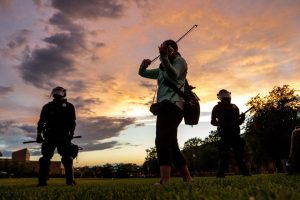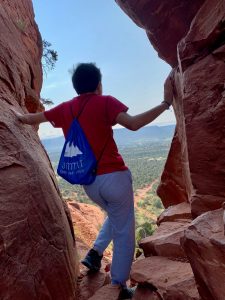
Initiating Authentic Sustained Transformations
The author reflects on a family photograph to illustrate how curiosity and emotions shape perception. She argues that intentional thinking, emotional reframing, and collaborative relationships enable authentic, sustainable transformations toward belonging, urging the community to practice curiosity and align mind, body, and brain in interactions.




